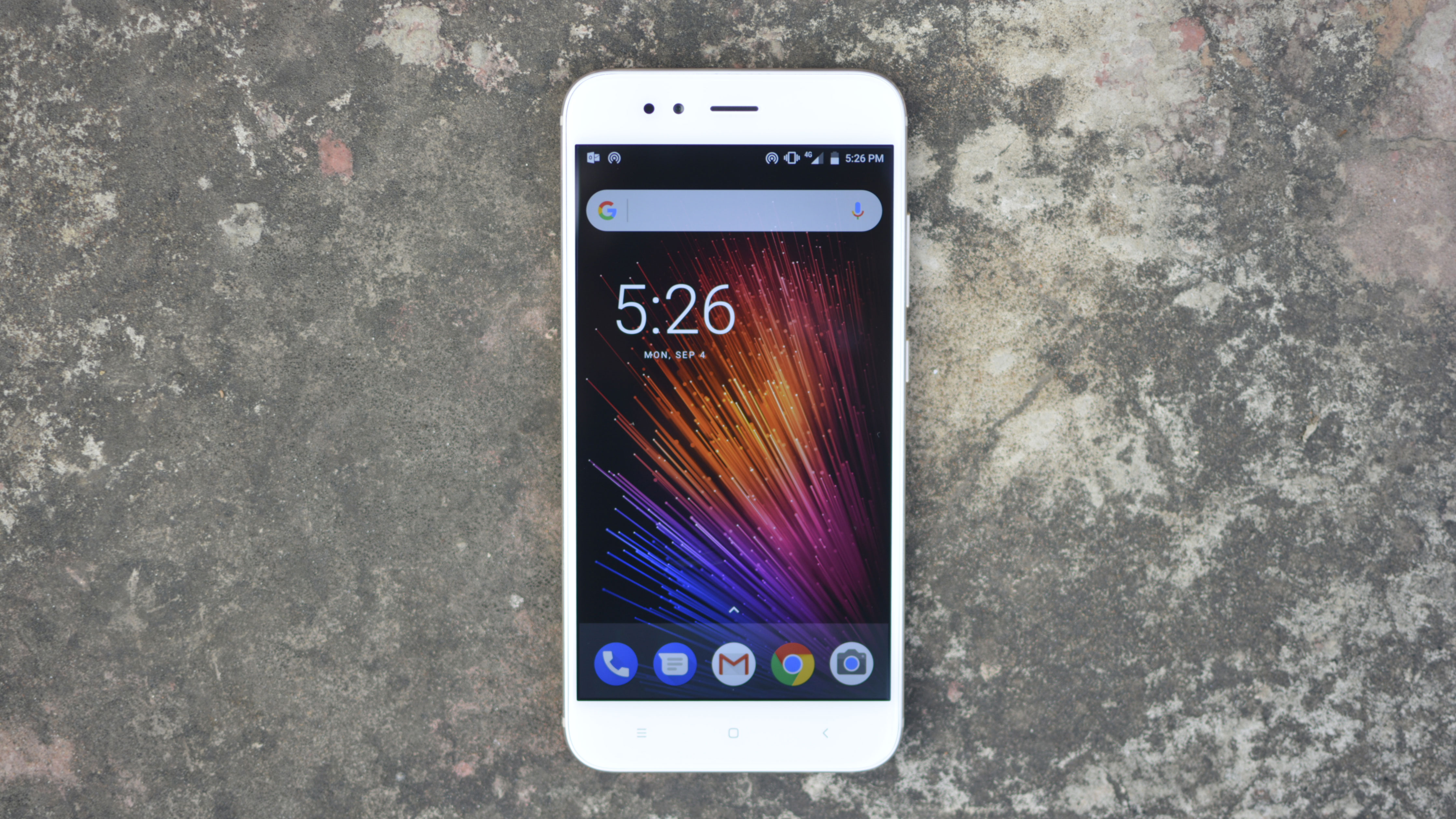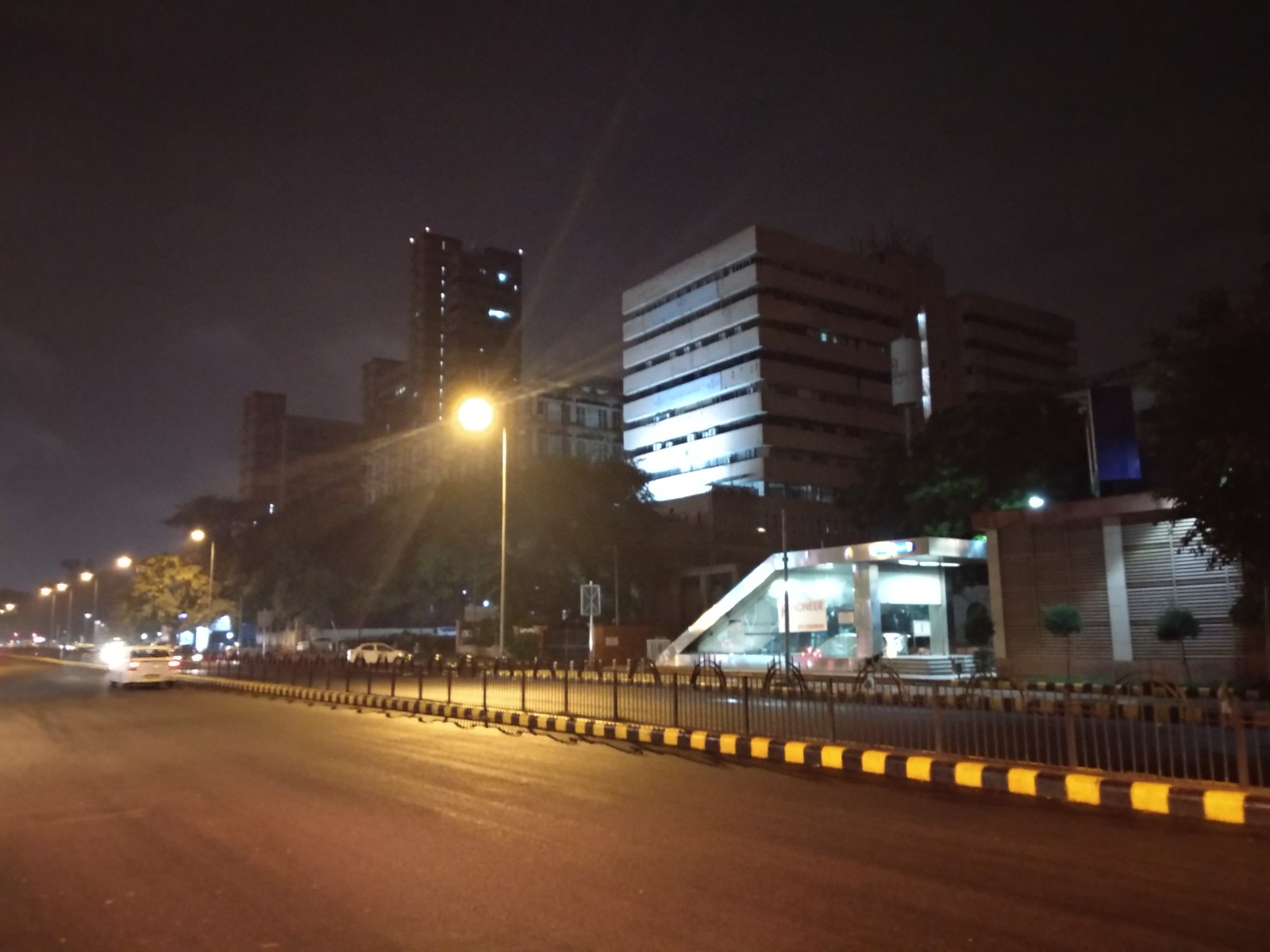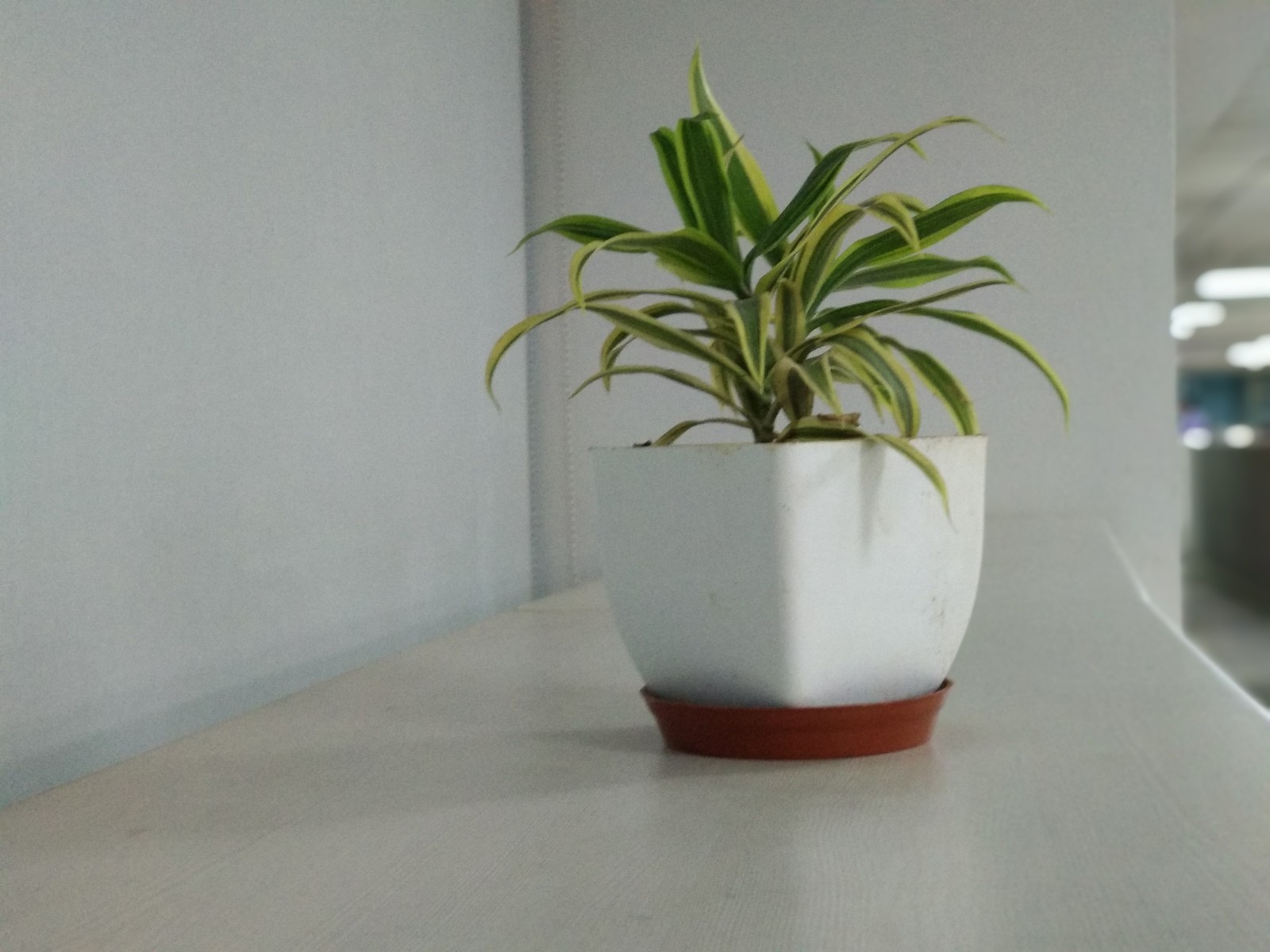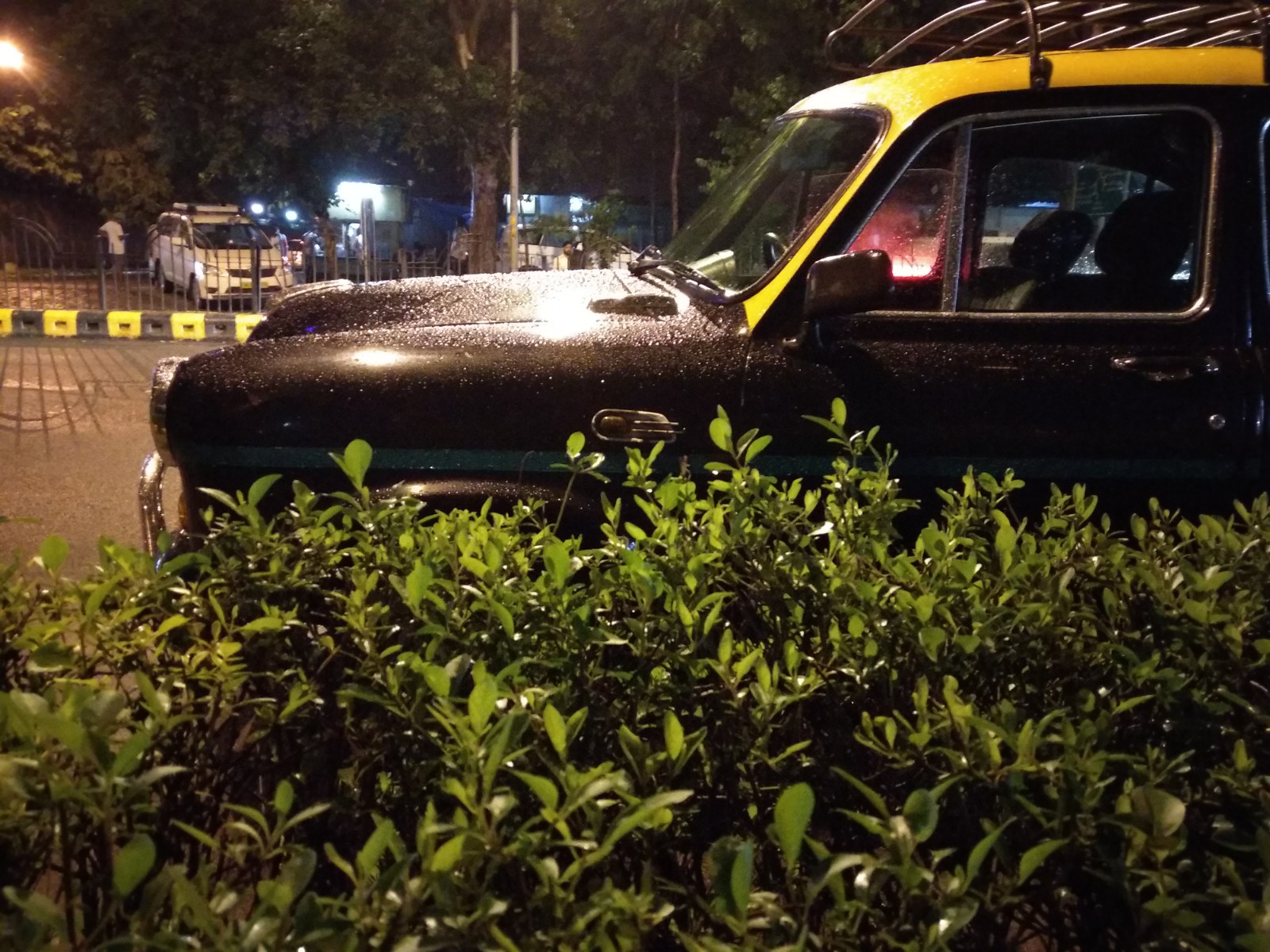Why you can trust TechRadar
Battery life
- 3,080mAh battery offers over a day of stamina
- No fast charging or wireless charging
One of the big differences between the Mi A1 and the Redmi Note 4 is battery capacity. The Redmi Note 4 made a name for itself with its hulking 4,100mAh power cell, but the Mi A1 comes with a smaller 3,080mAh battery, which is a pretty standard size these days.
That being said, even here Xiaomi has worked with Google to optimize things and the end result is very good stamina which will effortlessly see you through an entire day of moderate usage.
In a day-to-day usage pattern, we got around 15 to 18 hours of use from a single charge, which for most people equates to a normal working day.
Despite the use of a USB Type-C port and the inclusion of a Qualcomm chipset which supports the company's quick-charge standard, the Mi A1 lacks fast charging. There's also no wireless charging, but that's not much of a shock, given the price of the device.
Camera
- Dual-lens 12MP camera
- Telephoto lens allows for detailed close-ups and arty portrait shots
Despite the inclusion of stock Android, you could argue that the true tentpole feature of this phone is the dual camera system, something that is quite unique in this sector of the Android market.
Essentially, Xiaomi has taken the dual 12MP camera setup from its Mi 6 flagship and bolted it onto the Mi A1. It's not quite a like-for-like switch, however, as the Mi Ai has an inferior f/2.2 aperture on its main lens.
That said, it also offers a 2x optical zoom via the secondary 12MP telephoto lens, just like the iPhone X and the OnePlus 5.
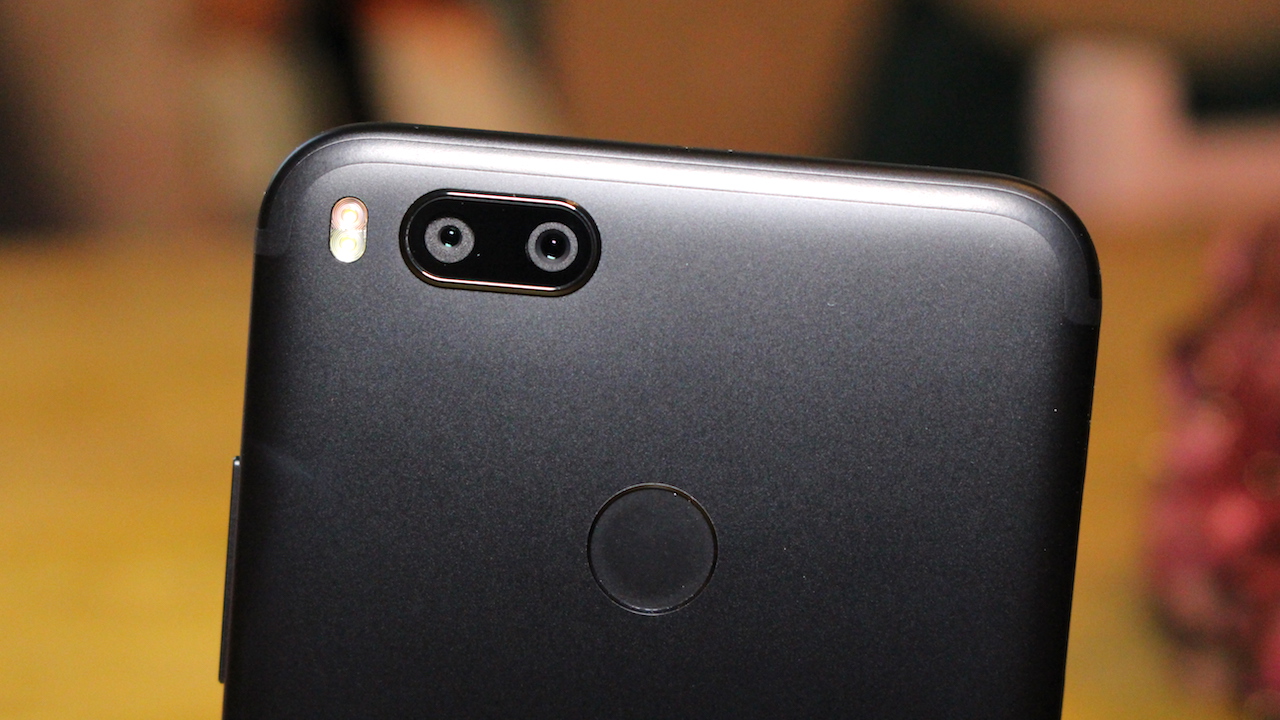
The main wide-angle camera is also great, and when used in tandem with the second sensor it offers an effective portrait mode which is, in our opinion, even better than the one on the OnePlus 5 and OnePlus 5T, with very good edge detection.
In daylight, the Mi A1 takes rich images with good levels of detail and color saturation. In low light, the performance nosedives and is noticeably inferior to rivals handsets, such as the Moto G5S.
But overall, this is one of the best camera phones in this price bracket. It even offers a feature-rich "pro" mode that allows the user to individually select between the wide-angle camera and the telephoto lens when snapping.

As for video, the Mi A1 can shoot in 4K and offers both time lapse and slow motion modes. Sadly, the absence of optically-stabilized lenses becomes glaringly apparent here.
Still, this isn't abnormal in this price segment, and we should be glad that audio capture is decent; the phone is able to record decent sound even in quite loud environments.
The front 5MP camera for selfies is a pretty standard affair. It's nothing special, but its not a total loss. It will help you snap some basic selfies provided you have decent lighting, and also works well for video calls.
Camera samples
Current page: Battery life and camera
Prev Page Introduction, design and display Next Page Anything else I should know?